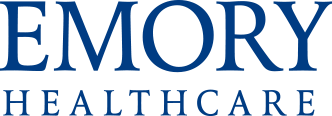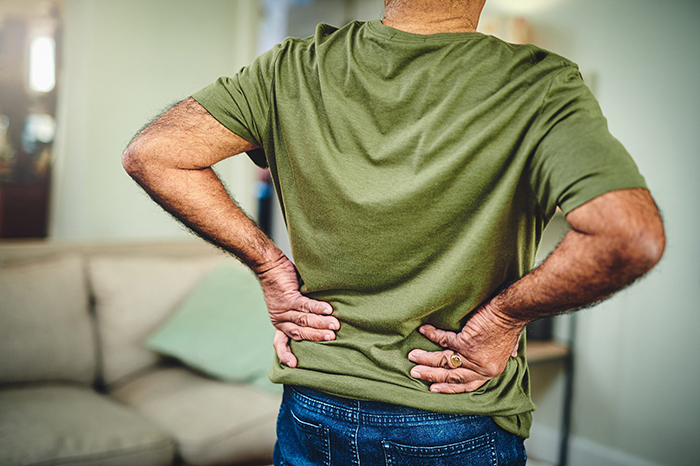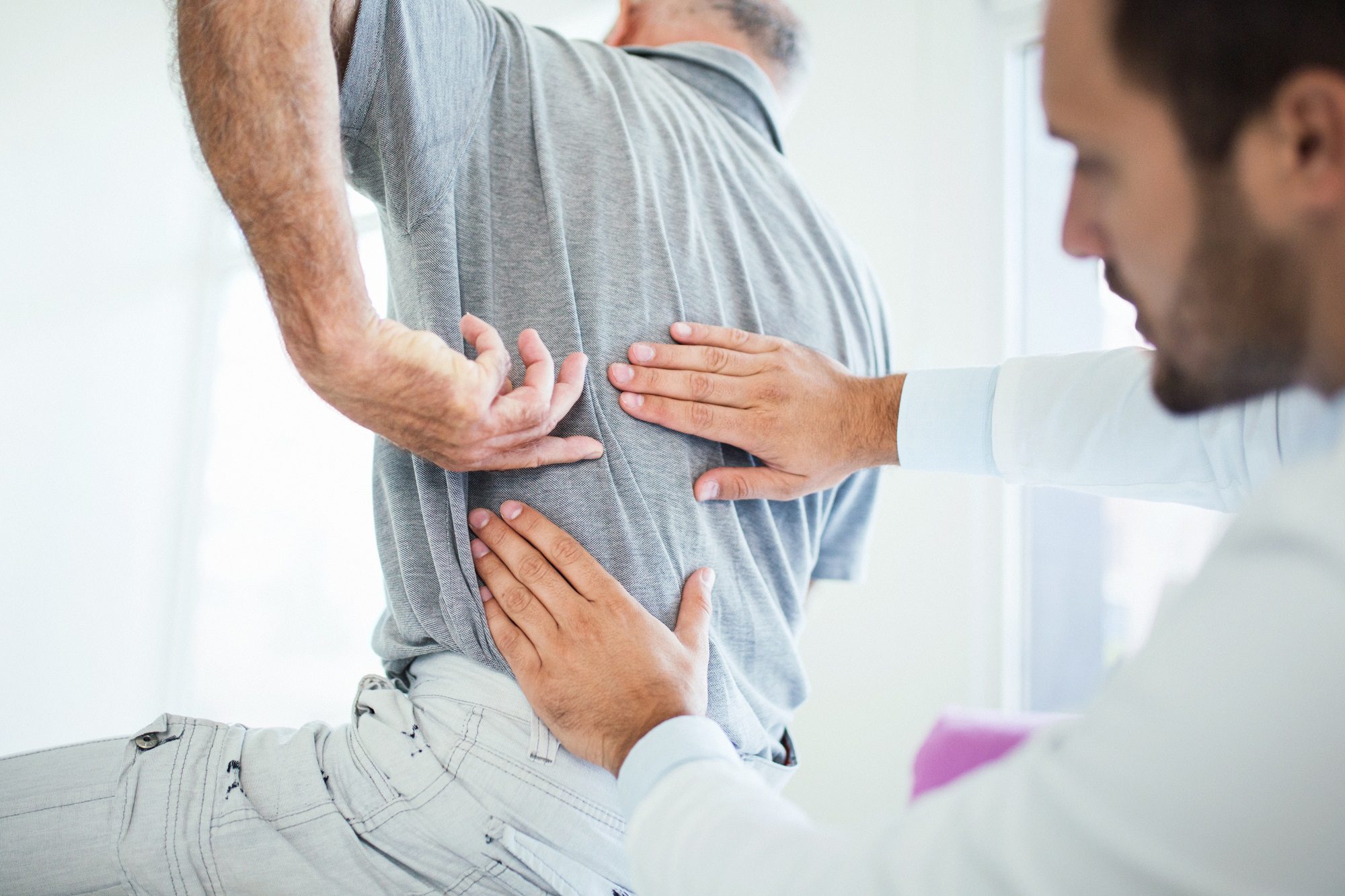Fast forward another five years, and Nancy found herself at a crossroads. She could no longer hide the rib hump on her back. Her breathing became labored during exercise. And her balance was compromised so severely that it was impossible to walk short distances without assistance (exactly as she’d been warned three decades earlier).
“I love hospitality and entertaining and that became absolutely grueling,” shared Nancy. “It was sad to watch my family gather around me to keep my reputation intact. My life kept getting smaller and, honestly, I hated it.”
Finally, Nancy went to see Dr. Dheera Ananthakrishnan, a spine surgeon with Emory Orthopaedics & Spine Center, after her new general practitioner, orthopedic doctor and physical therapist all recommended the scoliosis specialist.
Finally, Nancy went to see Dr. Dheera Ananthakrishnan, a spine surgeon with Emory Orthopaedics & Spine Center, after her new general practitioner, orthopedic doctor and physical therapist all recommended the scoliosis specialist.
“Nancy had a pretty complex case,” said Dr. Ananthakrishnan. “She had a significant curve, almost an 80% scoliosis and a compensatory curve above it. I remember thinking, ‘how is this woman walking?’ I felt terrible that she had been suffering for so long.”
Nancy was completely fused at the bottom of the scoliosis and everything below that was broken down. Stenosis caused a lot of pressure on the nerves at the base of her spine, and her lungs were slowly being crushed.
Dr. Ananthakrishnan presented Nancy with the option of reconstructive spine surgery. It would help correct Nancy’s curve, which in turn would improve her function and decrease her pain. However, the surgeon cautioned Nancy the invasive procedure wasn’t for the faint of heart; Nancy would need a series of surgeries followed by a long, strenuous recovery.




